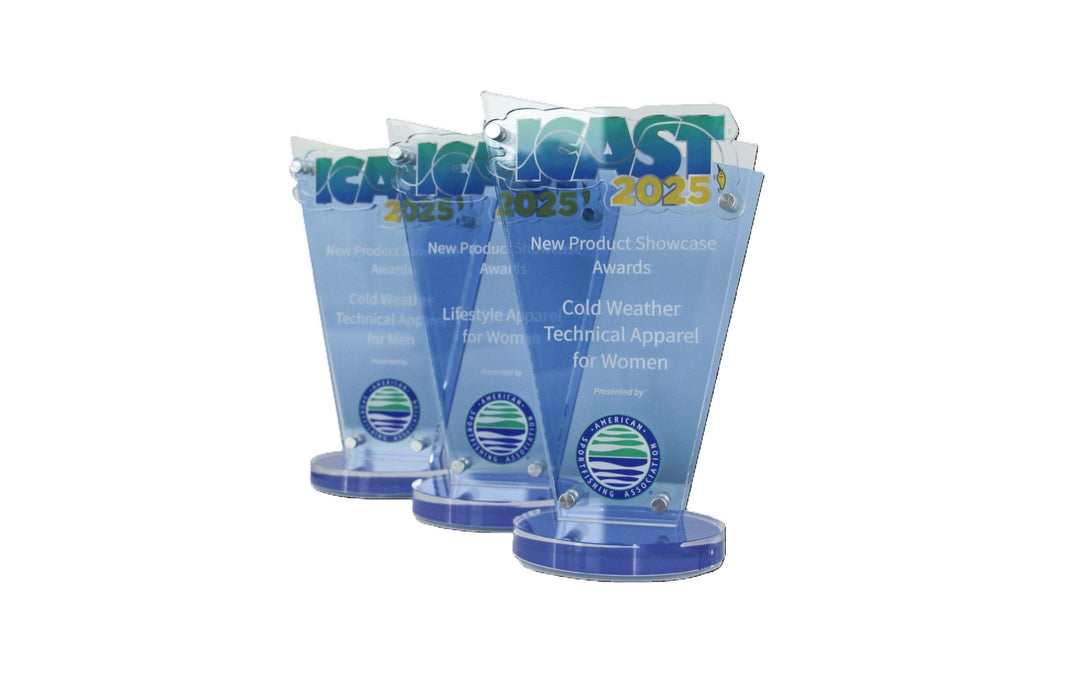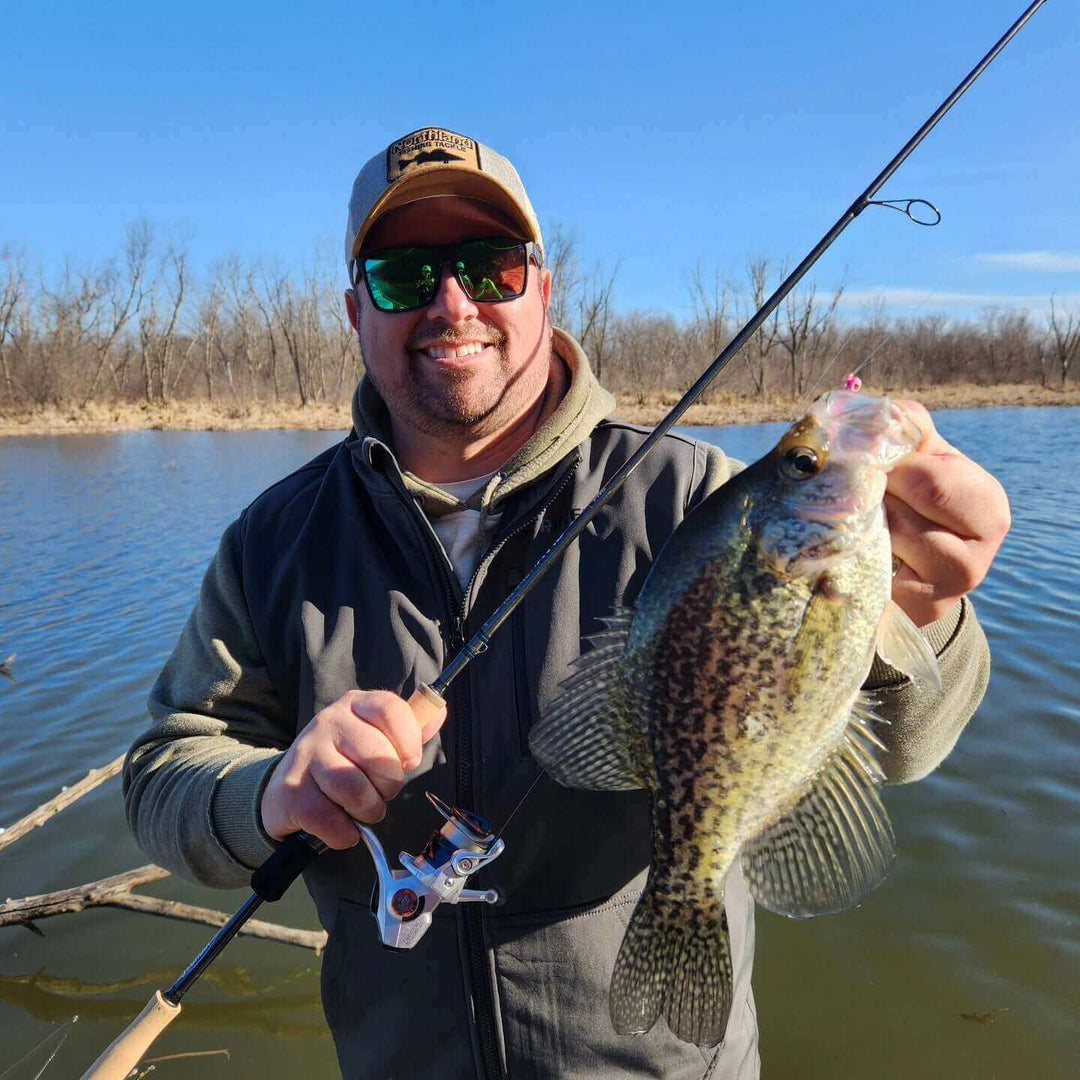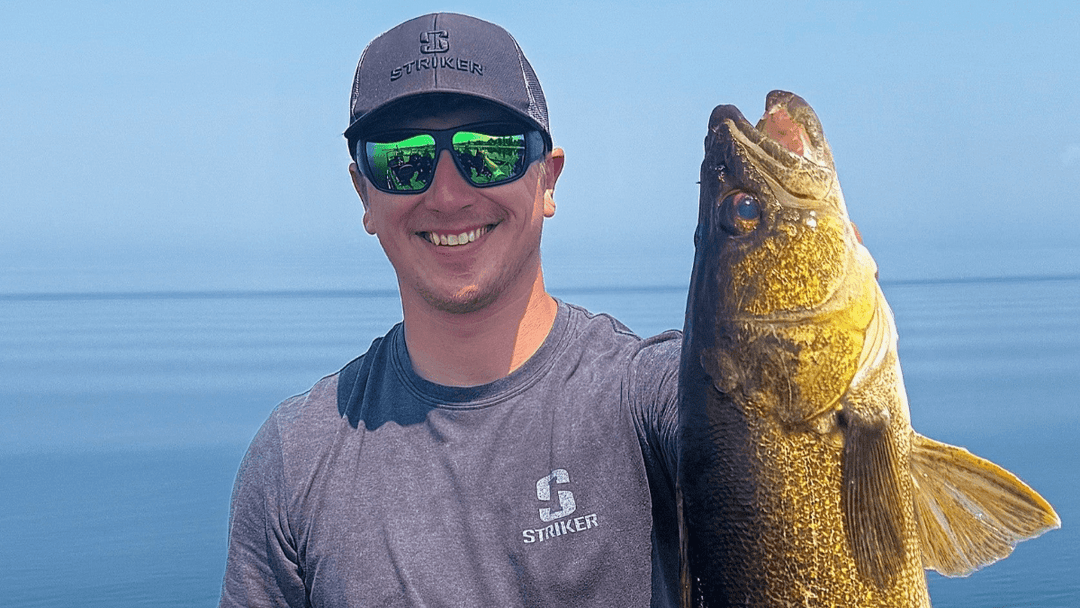Ice-Out Crappies
by Joel Nelson
Early season panfish bites are a rite of spring, typically happening in mid-late April for most lakes in the state as a precursor to the May opener. No matter the winter conditions and what the ice-bite was like, the ice always melts, and crappies eventually migrate to the shallows. Here’s a few things to keep in mind when tracking down a good spring crappie bite.
Water Temperature & Weather
Water temperature is a key contributing factor to everything crappies in the spring. Cold nights below freezing, cool-water runoff from melting snow, and heavy cloud cover can all contribute to the death of a seemingly un-killable bite. As black-bottom bays and rock-laden shorelines store what solar energy they can, crappies flood to the shallows as water temps hit 45 degrees and above. In most of the lakes I fish, this seems to be as close to a “magic number” as I can find in helping to predict not only locations, but mood of the crappies I’m after. Anything south of that value, and shallow water crappies become much more rare and hard to find. Even after locating them, you just don’t see the large congregations of fish that are willing to eat like you do in the 45-50 degree range and above. That said, spring is a rollercoaster of conditions, full of false-starts, short intense feeding periods during warm weather, and then eventually spawn and post-spawn behavior. Your best bet is multiple trips that allow you to track changes in water temperatures, such that you don’t hit before the front end, or after the spawn.
Regarding location, when warm water is scarcer in the early season, those shorelines that are even a few degrees warmer can be full of fish. This is true even when they lack good cover, provided you’re fishing the warmest water in the lake and it’s still early. Black bays on the north side of a lake are a good start, and don’t hesitate to fish shallower than 5 feet, especially in systems with poor clarity. Even as water temps rise into the 50’s, fish remain shallow, feeding on baitfish drawn to the warm water and emerging life that’s brought upon by warm afternoons and an even more aggressive sun angle.
Where To Find Them
Cover is king for pre-spawn crappies, and while any wood or timber is good for finding them, brush is better. An isolated log or stump may hold a few fish, but large concentrations of fish will be found where they can bury themselves within and along brush piles. Unfortunately, most anglers miss the bonanza by fishing only around the edges, rather than within the heavy cover. Occasional fish are to be had this way, but to do well in these situations, you’ll need to be prepared to fearlessly fish inside of the heavy stuff, not just around the edges. In northern natural lakes with broad and shallow shorelines, timber can be hard to find, so crappies focus on bulrush and pencil-reeds for cover. Whether wood or vegetation, getting in the middle of it seems to pay dividends.
What To Use
What to use is an important factor during this time of year, with water temps again dictating presentation and lure selection. Especially early, the temptation is to fish fast and cover water to find larger schools. Just coming out of winter, locations can be a mystery, and bobber-fishing shallows is simply too slow for most anglers. That said, especially during the early season, crappies will rarely chase to eat moving baits presented on the edges. Fish with floats, and use meat. Crappies can savagely strike a minnow offered on a jig with hair, tinsel, marabou, or flash about. This larger profile requires some aggression, and hookups seem much more sure as crappies are required to fully inhale such a presentation. Keep in mind however, that bluegills which can be found in the same areas this time of year, are less likely to be able to eat such baits. I have been pleasantly surprised by large perch, especially when fishing backwaters bites, that will be more than happy to eat a 1/32oz jig with a minnow.
Plastics bites are still to come, but typically require warmer conditions yet. It’s unfortunate that minnows are best fished when your freezing fingers would otherwise want you to use artificials-only, but it seems like warm weather and glove-less hands are about the best predictor on when to start looking to retrieved plastic presentations. For this reason, bring bait until moving presentations readily out-perform more stationary live-bait options.
It’s a great time of year to be on the water. Wait till a warm afternoon and pick apart the shallows until you find some fish. Keep it simple, have fun with it, and save the ultra-serious stuff for later.







Leave a comment